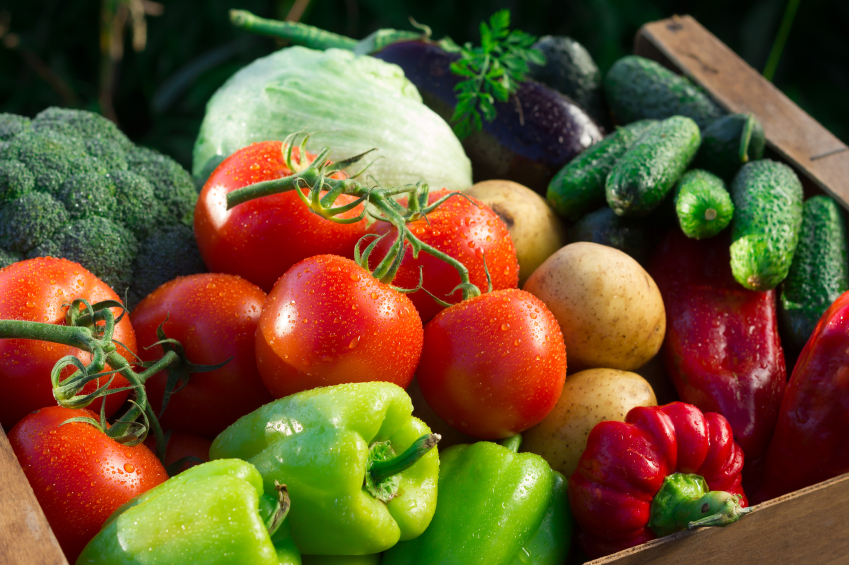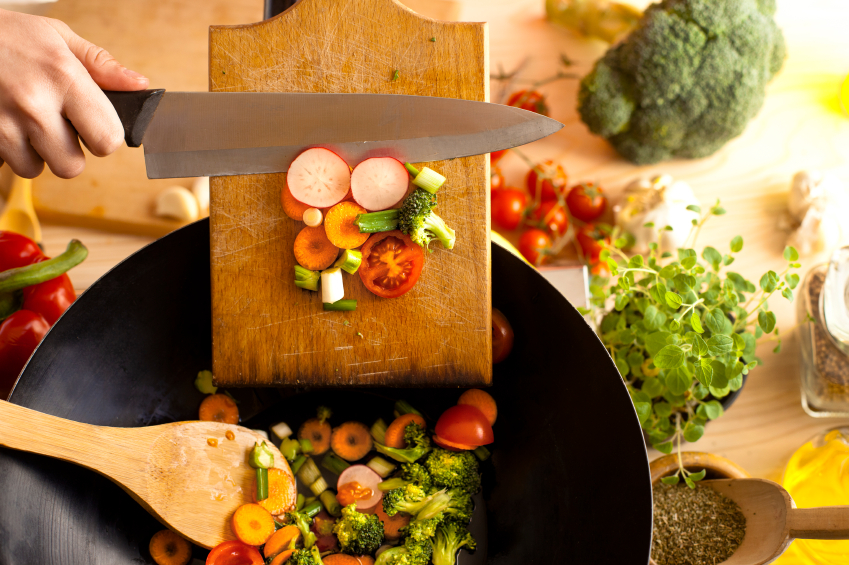Precision Nutrition Coach and partner of regular columnist and blogger Alison Beadle, Sid Betty looks at how we can watch our weight without having to cut out all the fun stuff…

Healthy Eating Without Dieting
Dieting and calorie counting can be difficult. People get so focused on the numbers they forget about the nutrients. So if you have weight to lose why not make things easier for yourselves.
Before you start, and during, your healthy eating plan, maintain a food diary – either written or photo. If you have a reference point it’s easier to see where you are going wrong and to make changes. Also write down or photograph what you eat immediately. Research has shown that when it’s left to the end of the day we chronically underestimate what we’ve consumed.
Focus on real foods that will satisfy your appetite before thinking about supplements. One of the main reasons diets fail is because the dieter is hungry and ends up eating smaller meals more frequently, or snacking on convenience foods between their healthier meals. Nutrient-dense foods (lean proteins, unrefined carbs, fresh vegetables and fruit), along with healthy fats, will keep you feeling fuller for longer.
Are you a parent? Do you tend to finish off your children’s leftovers? Try to avoid this as these extra spoonfuls of food over the months/years could all be adding to your waistline.
Do you have a weakness for a particular food item that you regularly over indulge in? I have a client who’s fond of ice cream and would regularly eat 500ml (1lb 1oz) tubs in one sitting. I tried to coach this habit out of him, without success, suggesting smaller portions and healthier alternatives. However, eventually the penny dropped and he modified his behaviour to overcome this habit. He now shops in a different store that only stocks the mini tubs. He only buys one at a time so he cannot overeat.
Worried about missing out on your favourite foods, but still want to lean out? Use smaller plates for your main meals. My brother used this tactic to great effect losing 10cm (4in) from his waistline over a period of months. He bought himself a medium-sized plate, somewhere between a saucer and a dinner plate, and eats the same foods he always has. He does not pile the foods high and avoids second helpings.
Half an hour or so before mealtimes, drink a large glass of water. This will improve your hydration levels and can take the edge off your appetite. The water will also help the transit of nutrients through your digestive system. Additionally, one of the signs of dehydration is hunger, so be sure you drink before you eat.

Avoid ready-made meals and sauces wherever possible. The sugar, salt and fat levels in some meals is quite shocking. Over the last two years, Alison has eliminated most sugars from her diet due to adverse digestive reactions. We were never big consumers of ready meals, but used sauces from time to time. We now check labels more thoroughly (she is also intolerant to gluten and dairy) and did not realise quite how bad things were. By eliminating the processed foods, gluten and sugars, Alison lost 6kg (12lb) despite eating more real food. Check out her story at www.sugarfreeme.org. Here she lists alternatives to sugars and recipes she has devised using sugar and wheat substitutes.
I am a Precision Nutrition Healthy Eating Coach, and one of the main points of the system is the development of long-term, easy to follow, healthier eating habits, as opposed to quick fixes and yo-yo dieting. Treat your nutrition like any other long term task. Break it down into smaller achievable targets and create a series of small wins. The feeling of success you get when you achieve one of your mini targets will motivate and inspire you to achieve the next, and so on.
For example, your diet is heavy on refined carbs throughout the day. Instead of vowing to ditch all refined carbs immediately, look at your schedule and see where they could be easily replaced (maybe breakfast). Commit to ditching the croissants and/or sugary cereals and replacing with a veggie omelette or Greek or dairy-free plain yoghurt, with small servings of nuts and fruit. Once you’ve done this regularly and established this habit, move on to the next meal or snack and try to change that. It can be something as simple as ditching a caramel latte and replacing with a fruit tea or filter coffee. Small consistent changes over a period of time can yield big results.

Be realistic about want you want to achieve and how much you are willing to do to get there. PN produced a brilliant info graphic www.precisionnutrition.com/cost-of-getting-lean-infographic.
Portion size is another problem area when it comes to weight-loss. What works for me is half the plate is piled high with salad or vegetables (leafy green stuff, peppers, onions, mushrooms, etc). I then add my protein using PN guidelines. A small serving or fat, i.e 1 tsp tsp olive oil, a handful of nuts or seeds. If I’ve worked out, I’ll have some rice, potatoes, gluten-free pasta or fruit. I base all my meals around these proportions and I maintain a healthy weight and body fat. If my activity level changes, I simply adjust the servings to reflect, or eat an additional meal.
If you are a committed individual and need to know the numbers, a lot of evidence suggests around 12-14 kcal per lb of bodyweight for weight-loss (depending on activity levels). A balanced approach would be 40% carbs, 30% protein, and 30% fat (these macros would be adjusted depending on your body type) – and foods are of the same qualities as previously mentioned. These are just guidelines and in the real world we monitor and adjust accordingly depending on results.
There is no one size fits all. What works for me might not work as well or as quickly for you.
Easiest ways to reduce your sugar intake
|
Food item |
Alternative |
Reason |
|
Cereal |
Make your own blend of oats, seeds, nuts and a little dried fruit. |
Even so called ‘healthy’ cereals are often high in sugar. Create your own and you’ll know exactly what’s in it. |
|
Low fat yoghurt |
Plain yoghurt or coconut yoghurt. Add a little fruit if you need sweeteners. |
Low fat yoghurts are loaded with sugar. Coconut is full of |
|
Cereal bars/ healthy snack bars |
Handful of nuts or seeds – |
High levels of sugar can be found in many breakfast bars/ healthy snack bars in the form of syrups and fructose, plus normal sugar. |
|
Starchy carbs such as |
Try quinoa or brown rice. |
Quinoa is high in protein so will keep you fuller for longer. The fibre in brown rice will take longer to digest, so the sugars will be released into your blood stream slower and you are more likely to use them. |
|
Sandwiches |
Large salad with protein. |
If your lunch contains more or the same amount of protein as carbs you won’t feel hungry so quickly. All the fibre and vitamins from your salad will |
|
Fruit juices |
Drink water. |
If you are going to have fruit, eat it, don’t drink it. The fibre means the sugar absorption will be slower and your body is more able to use it rather than store as fat. |
|
Ready made sauces |
Make your own. |
So many sauces contain sugar and preservatives. Make in bulk and freeze, so you have quick and easy meals. |
If you need help getting started on your healthy eating programme, contact us at info@livewellbhappy.co.uk
